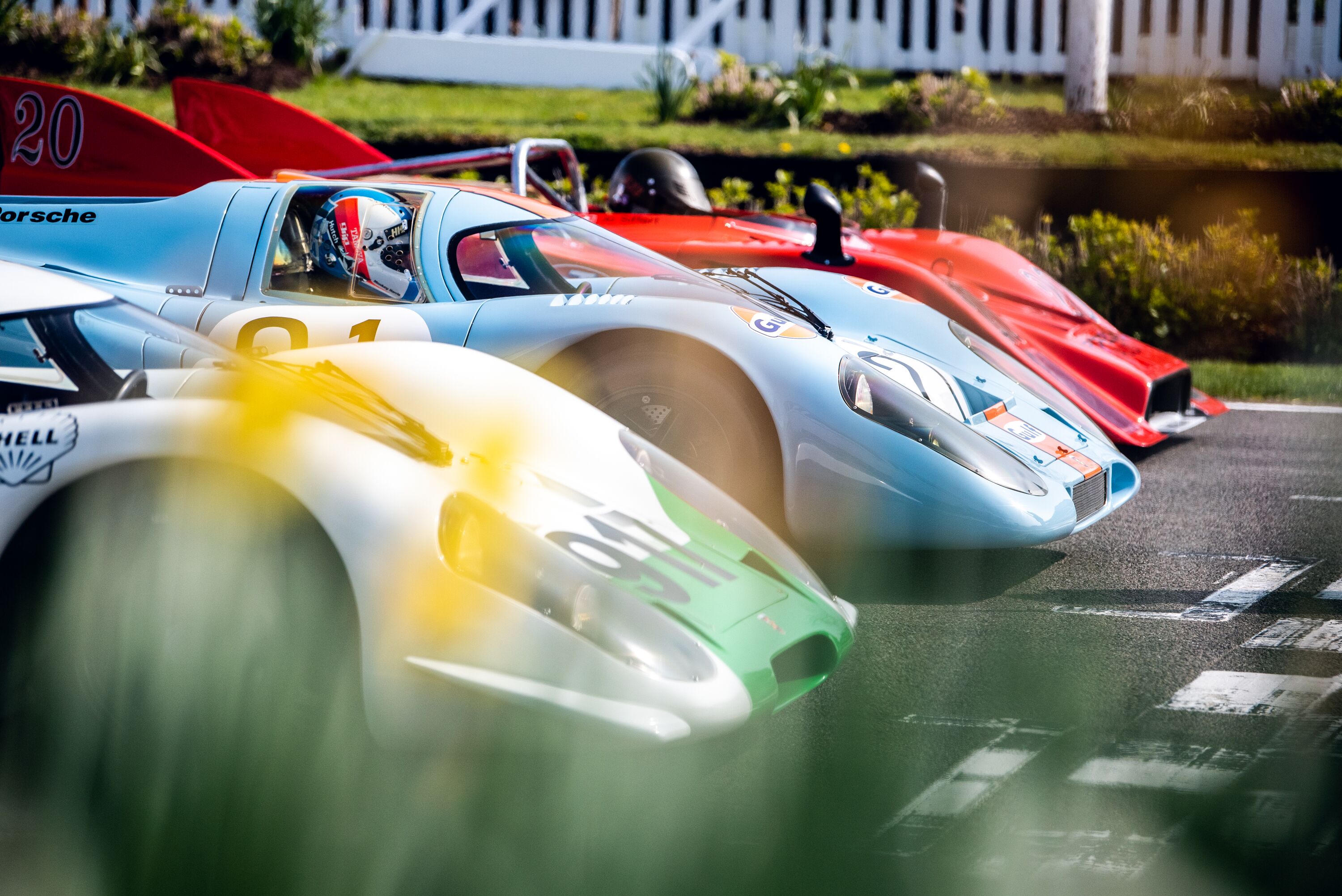2020 won't get any easier for Ferrari
No matter which way you look at it, this has so far been a horrific year for Ferrari, and there is every indication it is unlikely to improve over the remaining six months.

Charles Leclerc's face-saving second place in the season-opening Austrian Grand Prix at the weekend was nothing more than a sticking plaster over wounds that first appeared late last year and have so far refused to heal.
The first warning sign appeared at the United States Grand Prix on 3rd November. Prior to that, Ferrari had become the dominant car of the field, winning three consecutive races, in Belgium, gloriously on home soil in Italy, and again in Singapore. It had also scored six successive pole positions prior to pitching up at the Circuit of the Americas.
The suspicions of many at the time were realised when the FIA issued a technical directive on Saturday ahead of qualifying, following an enquiry from Red Bull, regarding fuel flow as it was believed Ferrari had managed to circumvent the regulations, allowing it a 0.5-second straight-line speed advantage over Mercedes. The impact was instantaneous as Ferrari was deposed from its pole perch, while Charles Leclerc finished 52 seconds behind race-winner Valtteri Bottas.
A fortnight later, ahead of the Brazilian Grand Prix, a further technical directive followed, on this occasion addressing another potential performance enhancer in oil burning in either the engine's cooling system or combustion chambers. Whether that was also specifically directed at Ferrari is unclear, but the team failed to score a pole or race win in either of the final two races at Interlagos and Abu Dhabi.

Fast forward to pre-season testing and it was evident Ferrari was off the pace, even when it is notoriously difficult to read into such days given the variables in fuel loads, tyre performance and what the teams are experimenting with on their cars. The question at the time was, just how much slower was the Ferrari SF1000?
The matter was compounded when, on the final day of testing at Barcelona's Circuit de Catalunya, the FIA announced that after “a thorough technical investigation” into Ferrari's power unit, a confidential settlement had been reached. While no evidence of wrongdoing was found in a system the Scuderia insisted was always legal, eyebrows were immediately raised.
With no other details forthcoming, it prompted a widespread outcry from Ferrari's rivals which continues to rankle to this day, but which remains private due to Ferrari refusing to divulge any information, despite the FIA stating it would be happy to do so.

The extent of Ferrari's issues with this year's car were then laid bare in qualifying in Austria as F1 returned, but not as we know it given the rigorous protocols applied to combat COVID-19 and with empty grandstands at the Red Bull Ring.
How team principal Mattia Binotto must have wished for at least another couple of week's grace to ready his cars as he announced on the eve of the weekend that after a lengthy evaluation, the team had been forced to take “a significant change in direction in terms of development”, and that the car in Austria was the same spec as in Barcelona, with no upgrades due until the third race in Hungary.
When Sebastian Vettel failed to make it into Q3 first the first time in 103 grands prix for Ferrari on pace alone, and Leclerc finished 0.984s adrift of polesitter Bottas in his Mercedes – and nearly a second off the pace of his pole lap at the same track a year ago – the concerns expressed in testing were all of a sudden written large in black and white. As Mercedes motorsport boss Toto Wolff has often stated in the past, “the stopwatch does not lie”.
Vettel described the car as being “too draggy” prior to a race in which he just scraped into the points in 10th of the 11 cars that finished, while Leclerc at least provided some relief with his second place, but even he could not disguise the problems at hand as he said afterwards “we're unhappy with the pace of the car at the moment”.
Binotto shed further startling light when he declared that the second gap in qualifying was “0.3 seconds in cornering and 0.7 seconds power-limited on the straights”.
This underlined the performance difference in last year's power unit compared to this year's system, adding fuel to the fire for those who firmly believed Ferrari was bending the rules last season, even if the FIA could find no evidence of an actual break.

While Ferrari can address the cornering concerns, an agreement between the teams in order to save costs that engine development would be frozen for this year – save on reliability grounds – then it is clear the next five months or so could be long and painful.
Ferrari CEO Louis Camilleri issued a statement declaring he has “every confidence in Mattia and the team in addressing our shortcomings”. A dreaded vote of confidence if ever there was one. But Camilleri also stated that the planned upgrades for Hungary may yet be on the car for this weekend's second race in Austria, that has been entitled the Styrian Grand Prix.
“The only solution is to react and I’m pleased by the immediate reaction and the work that Mattia and all his team are putting in at every level,” said Camilleri.
“This is not just to bring to the track today what was scheduled to be ready tomorrow, but also to speed up the programme of development for the coming races.
“This is the response of a united team which is rolling up its sleeves and facing the problems head-on, without crying about it. We are at the start of a new cycle with a long-term plan. Any setbacks will certainly not change our chosen course.”

That 0.7s power deficit, though, is almost impossible to claw back in its entirety through aero upgrades that should hopefully cure the 'draggy' nature of the car.
Aside from this migraine-sized headache, you also have a driver in the background in Vettel, who conceded to being “surprised” at the decision not to renew his contract, and who remains “not fully happy” to this day, according to Binotto, two months on after the announcement was made he would be leaving the team at the end of the year, to be replaced by Carlos Sainz Jr.
This has already been a tough first six months of the year for Ferrari, particularly when you consider the devastating impact COVID-19 initially had on Italy. On the evidence of the first weekend of a very different F1 season, it appears the remainder of the year won't be any easier.
Formula 1
F1 2020
2020
Charles Leclerc
Sebastian Vettel
Ferrari
Mattia Binotto
SF1000






